1821
Sebastian Anton Kneipp was born on May 17 as the son of a weaver in Stephansried, Bavaria. Although his father is a well-read, cosmopolitan man, the young "Baschtl" has to work hard in the course of his youth so that the family can survive.
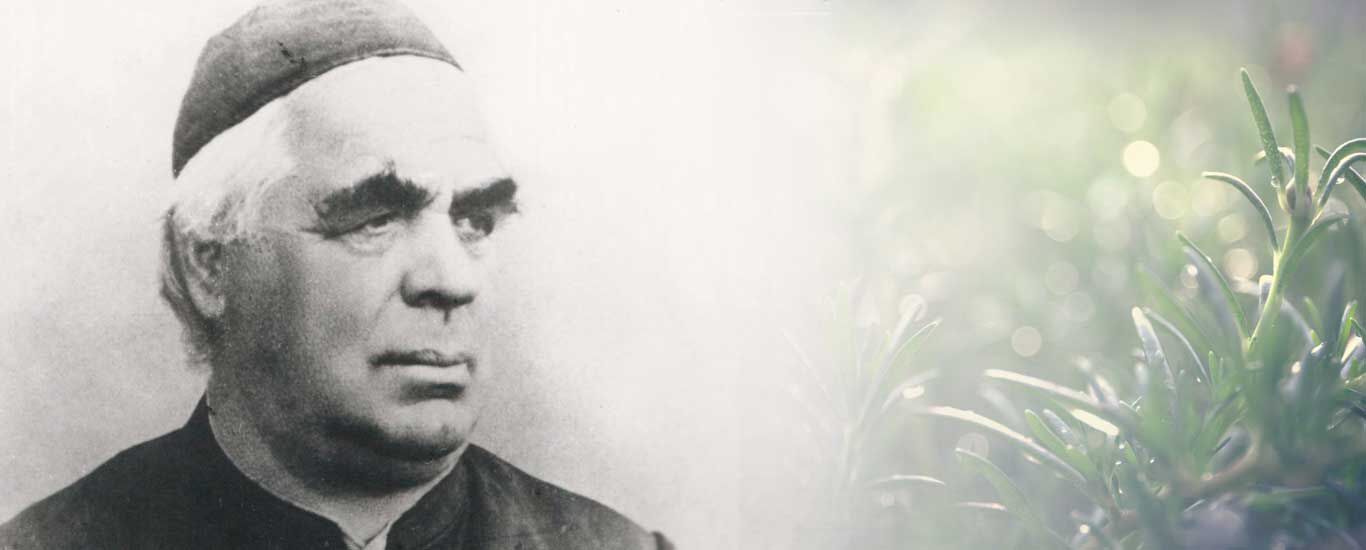
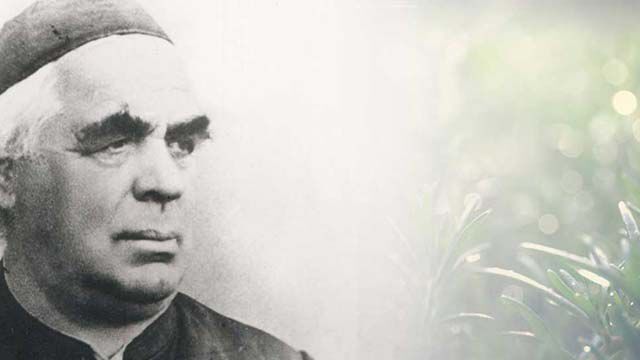
From today's point of view, the life of Sebastian Kneipp could be used as a template for a Hollywood movie: a weaver's son with an insatiable thirst for knowledge; he falls ill with a life-threatening disease, cures himself - and soon treats others with his teachings: the poorest of the poor, the richest of the rich, maids, peasants, princesses, maharajas, the pope; he becomes an international celebrity, turns a farming village into a world-famous spa, works against many odds, but always for the health of the people - tirelessly, until his last breath.
This much is certain: The biography of Sebastian Kneipp offers plenty of material for great cinema. Yet the son of a weaver, born on May 17, 1821, actually only wanted to become a priest - and certainly not a global celebrity for his healing successes. Naturally, one wonders how it could have come to be ...
No. Sebastian Kneipp studied philosophy and theology in Dillingen and Munich. The path there was arduous, especially since Sebastian Kneipp came from the simplest of backgrounds. At the age of twelve, he already had to help support his family with hard work on the loom and as a cattle herder. It was only through the encouragement of a distantly related chaplain that the knowledge-thirsty "Baschtl" gained access to higher education - and finally passed the exams to allow him to go to college at the age of 27.
Kneipp's first patient was actually himself! Shortly after beginning his studies, he felt increasingly weak and listless. The culprit causing his weakening state was a serious lung disease - most likely consumption, which we know today as tuberculosis. In his search for relief, the student "stumbles" across a book on the healing effects of cold baths - which finally prompts him to try it himself: In the middle of winter, Kneipp bathed several times a week in the ice-cold Danube, then hurried back to his home and packed himself into a warm bed. After this water treatment, he felt completely healthy again - and had cured himself of tuberculosis, which was often fatal at the time.
As befits a true celebrity, Sebastian Kneipp was given nicknames early on. For example, after he cured several patients of the then rampant cholera in 1853, people spoke of him as the "cholera chaplain". Due to his enormous knowledge of the healing power of plants, Kneipp also became known as the "herbal priest" and - due to his great successes with hydrotherapy - he was known as the "water doctor" (a designation that, by the way, did not particularly appeal to him himself, since Kneipp was always interested in a holistic approach to healing).
As a young priest candidate, he had passed through various positions, as was customary in the church. But the high clergy was not amused that one of their shepherds kept making a name for himself through healing activities, including legal squabbles. Despite a court acquittal, he was finally "parked" as a confessor in the Dominican convent of Wörishofen; but this backfired: the village gradually developed into an international health hotspot.
surprisingly at this time, even spiritual dignitaries were treated there with water treatments.
This list reads like a who's who of the time - and ranged from Archduke Joseph of Austria to Prince Henry of Bourbon to Don Carlos, Infante of Spain. Even the Maharajah of Baroda made the arduous journey from India to Wörishofen, which became Bad Wörishofen in 1920. Many a prominent personality also enjoyed house calls: The healing clergyman treated, among others, Empress Sisi of Austria - in 1894 - the Pope. Even unconventional paths sometimes lead to Rome ...
Sebastian Kneipp died on June 17, 1897 at the age of 76. For the time, this was remarkable not only because he had overcome tuberculosis; the average life expectancy for men in Germany during this period was not even 40 years¹! According to the records of his physician, Dr. Alfred Baumgarten, he succumbed to a tumor in his abdomen at 4:30 in the morning. His death caused consternation worldwide. Sebastian Kneipp's obituary in the Wiener Fremdenblatt stated: "Even if his actions were met from some sides with contemptuous nostrums, it is certain that the success in thousands of cases proved him right."
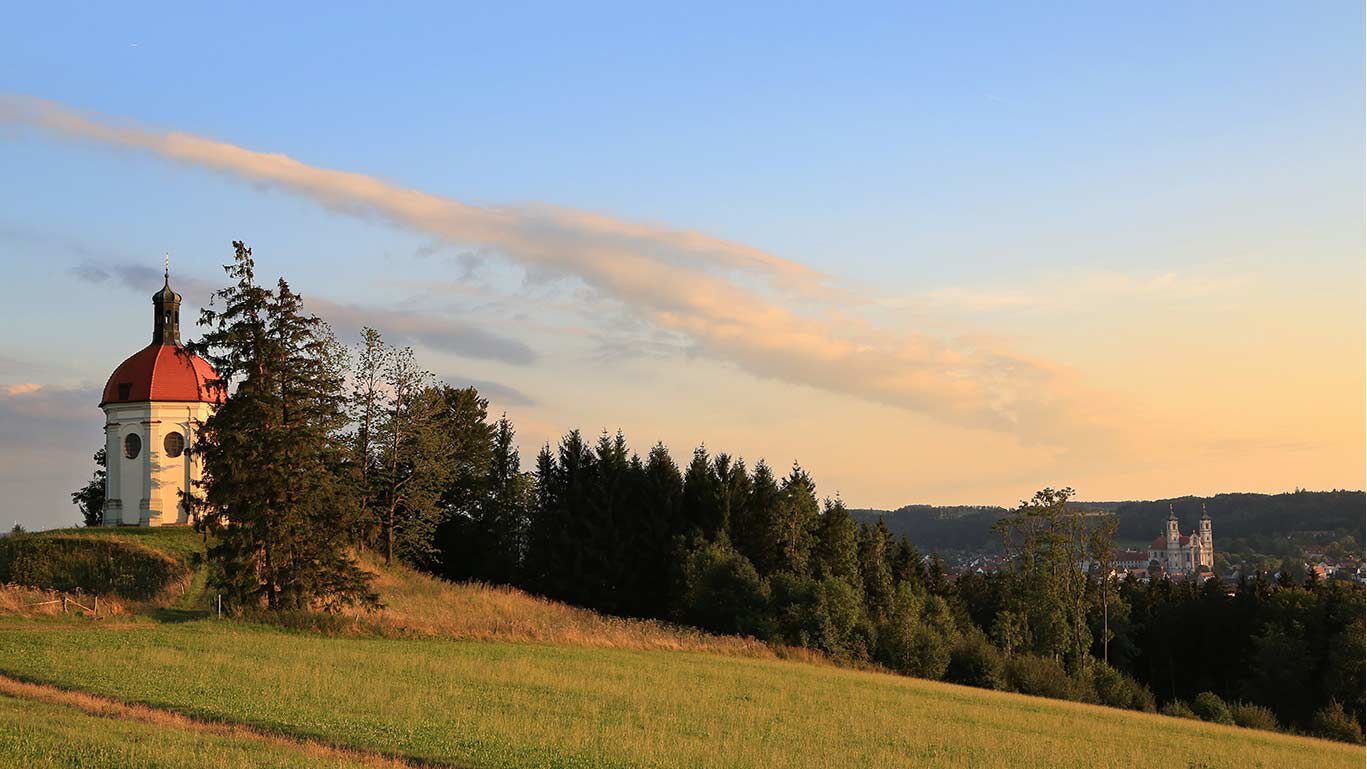
Sebastian Anton Kneipp was born on May 17 as the son of a weaver in Stephansried, Bavaria. Although his father is a well-read, cosmopolitan man, the young "Baschtl" has to work hard in the course of his youth so that the family can survive.
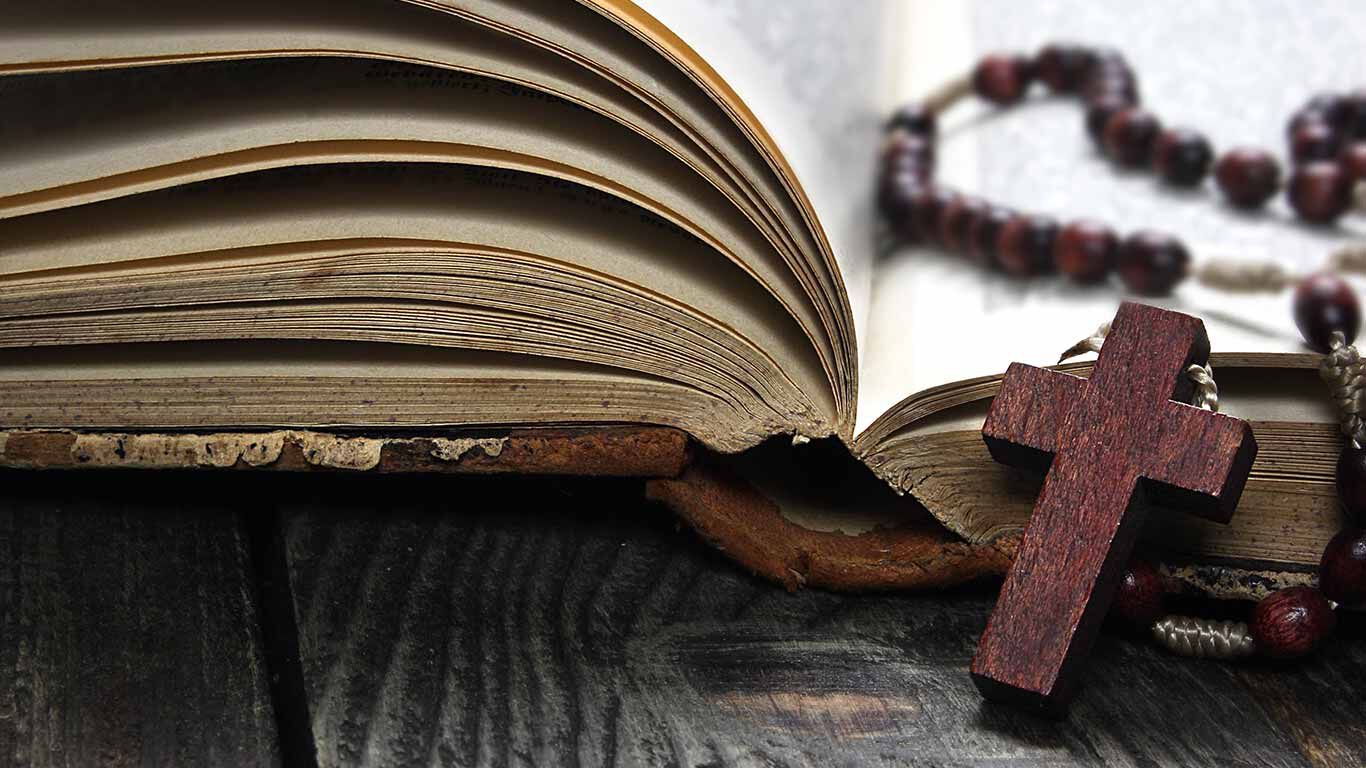
On the day of his 20th birthday, Kneipp's parents' house was destroyed by a fire; all the savings of the inquisitive young man were wiped out.
Fate finally takes a turn for the better: Dr. Matthias Merkle, a loyal friend and distant relative, brings the 21-year-old Sebastian Kneipp to Grönenbach and enables him to take Latin lessons. At the same time, the priest and botanist Christoph Ludwig Koeberlin introduces him to the world of herbal medicine.
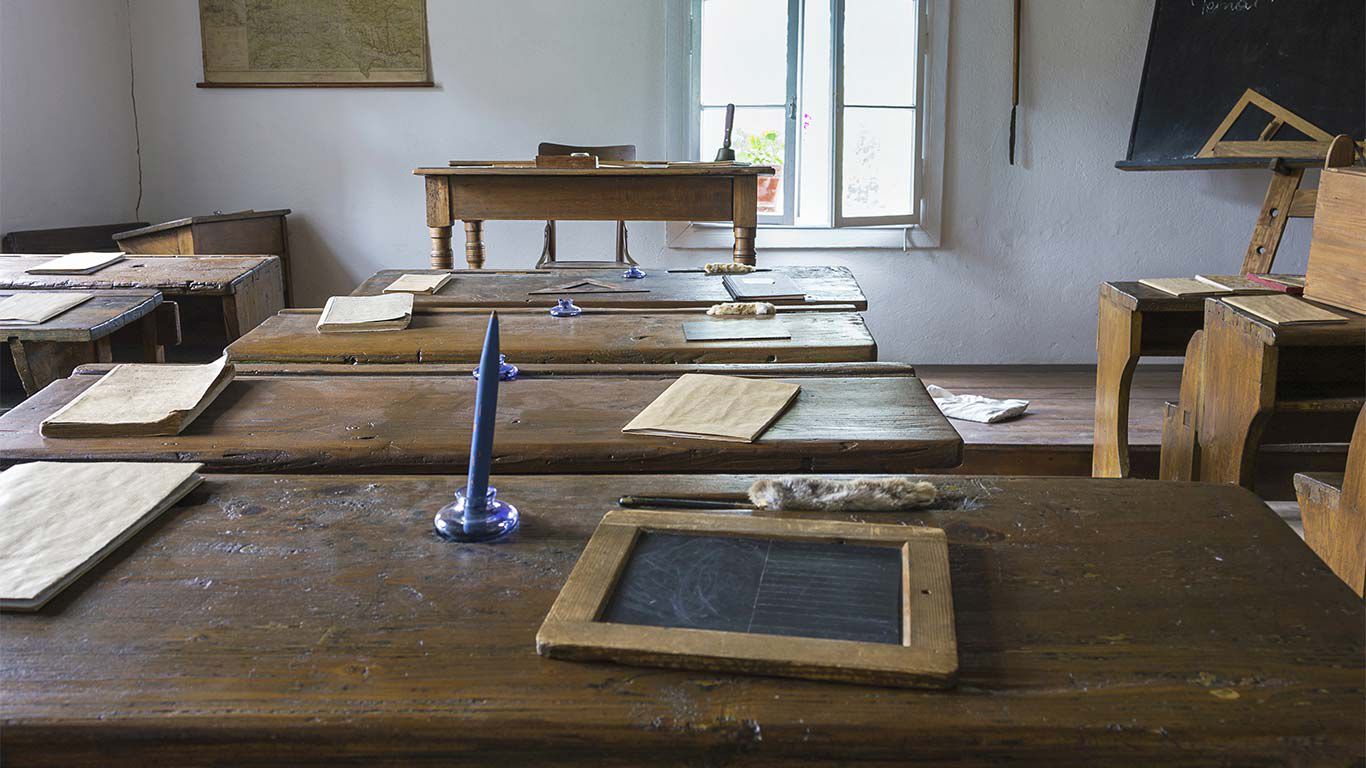
Kneipp moves to Dillingen on the Danube. There, his patron Merkle is now a professor at the local lyceum and allows his protégé to enter the local high school.

While still in high school, the diligent student contracted tuberculosis, a lung disease that was often fatal at the time. Despite this, he manages to graduate from high school in just four years.
High School diploma in the bag - now nothing stands in the way of his dream of studying at the Dillingen Lyceum and in Munich. However, tuberculosis is becoming more and more of a problem for the freshly graduated theology and philosophy student ... until he happens to get his hands on a book by Johann Siegemund Hahn on the "Strength and Spice of Fresh Water in the Bodies of Men ...".
Inspired by the explanations of water treatments, the budding theologian now "treats" himself to baths in the wintry cold Danube several times a week - and rushes back to his warm room afterwards. Sebastian Kneipp supplemented this with half-baths and casts. His state of health improved steadily as a result. Inspired by this therapeutic success, he began treating fellow students in 1850.
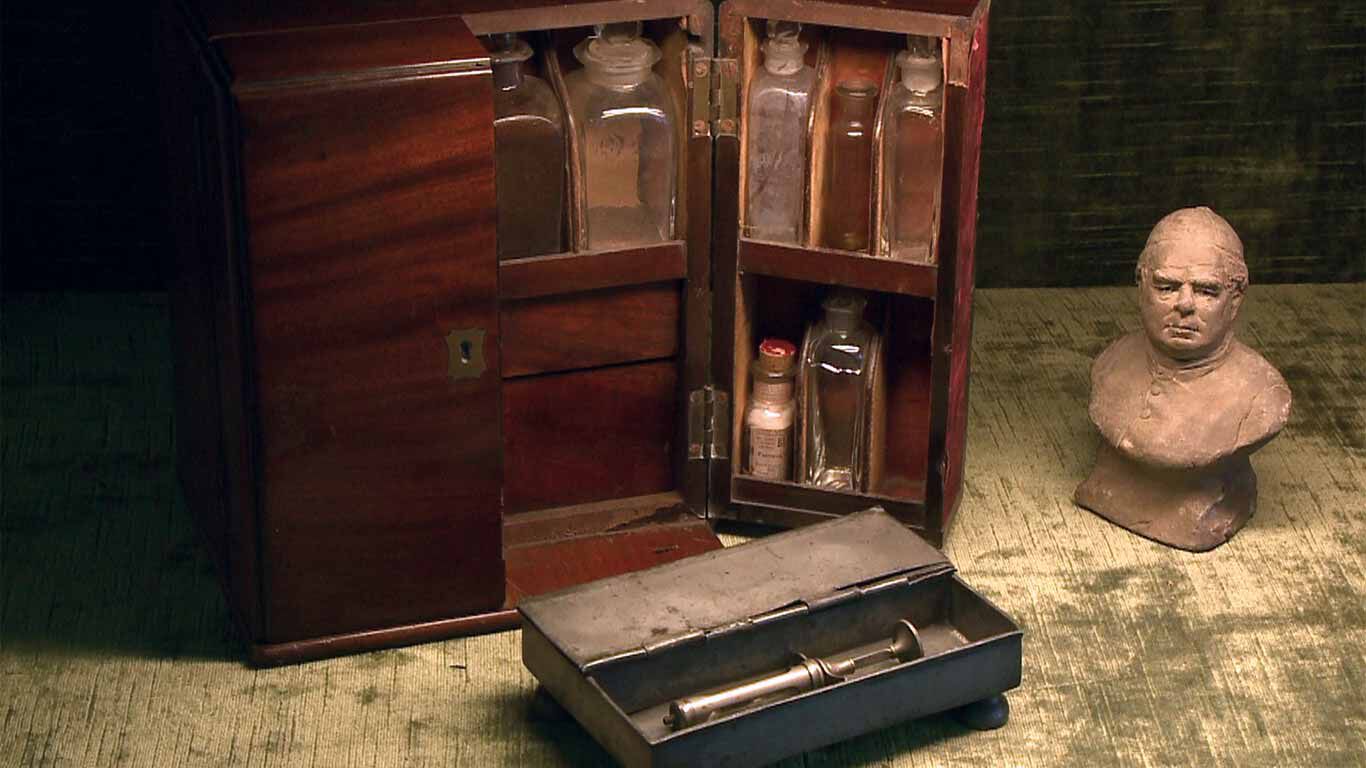
Done! After completing his studies, the 31-year-old was ordained a priest on August 4, 1852, and in the following year took up his second chaplaincy in Boos. There he treated a young maid suffering from cholera with vinegar compresses and cured her of the insidious infectious disease. This success was not well received by the orthodox medical community of the time. The first charges of "quackery" were filed.
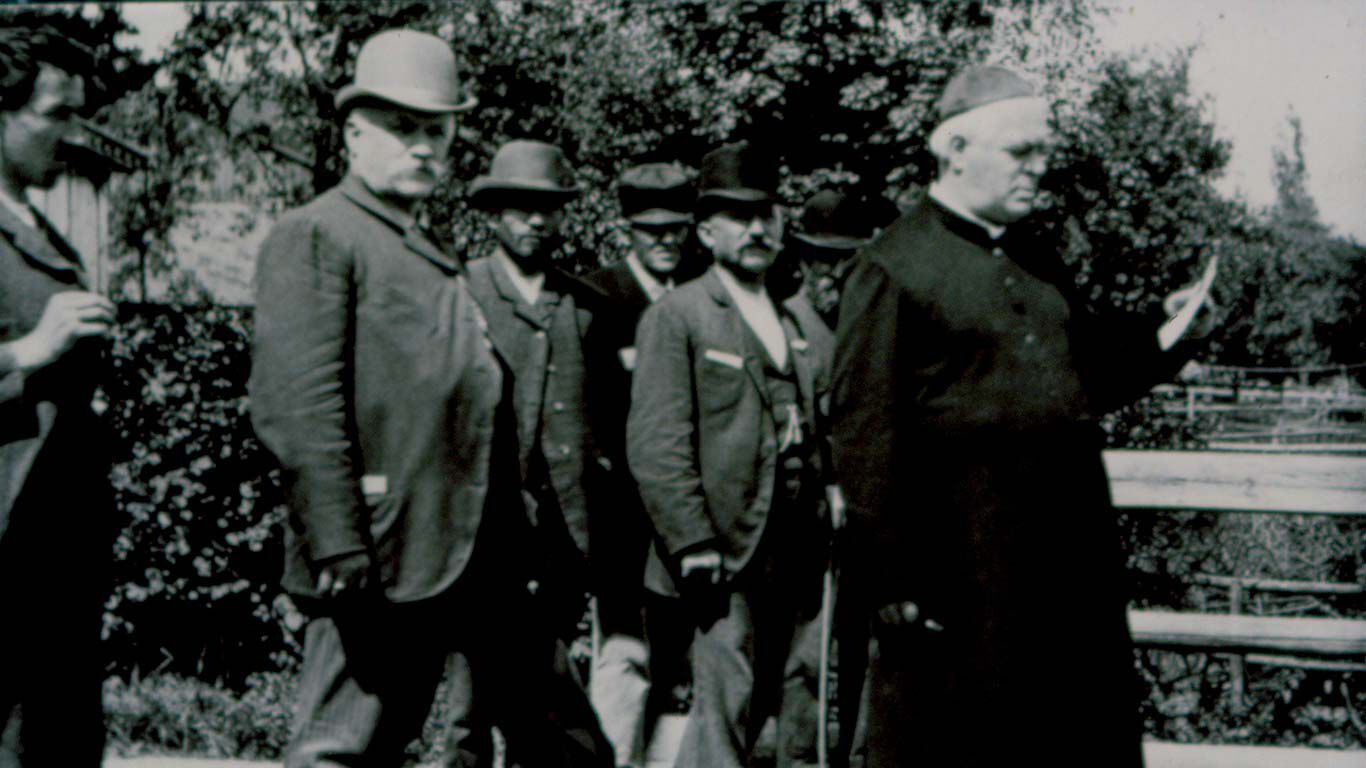
A pharmacist sues Kneipp for infringement of trade - whereupon a cease-and-desist declaration is signed. However, when cholera breaks out on a large scale in Boos, the "cholera chaplain" ignores the treatment ban and continues to successfully (and free of charge) apply his healing methods.
Presumably in the hope that this would finally bring peace, Kneipp was transferred to the Dominican convent in Wörishofen. However, he knew how to make good use of the time that followed, became involved in the monastery's agriculture and translated the knowledge he had gained into a holistic health concept for body and soul. Over the next few years, more and more people came to the small town seeking help.
The number of visitors to Wörishofen increases rapidly - to which not only the new rail connection in nearby Türkheim contributes significantly; the easier reproducibility of photographs in newspapers also fuels public interest: Pictures of pastor Sebastian Kneipp with spa guests in the village stream, chopping wood or (today seemingly bizarre) physical exercises are welcome motifs for the editorial offices at the time.
The Kneipp book "Meine Wasserkur" ("My Water Cure") appears - and already contains a chapter on herbal medicine. As a result, public interest continues to grow unabated. Up to 150 patients now stand at his doorstep every day to be treated.
“
The water given by the Creator to mankind and the herbs selected from the plant kingdom make up the essence of healing diseases and making the body healthy. ”
The second main work "So sollt ihr leben" (This is how you should live), in which the holistic health concept with the 5-pillar philosophy that is still known today is described, is launched on the market: another fame booster for Wörishofen and its town pastor. In the following year, the town council decides by a (!) majority vote to go all in on the "Kur & Kneipp" card in the future. From now on, he himself also increasingly turns to the foundation of sanatoriums.
This year marks no less than the birth of the Kneipp brand. Sebastian Kneipp transfers to the Würzburg pharmacist Leonhard Oberhäußer, who had already come to Wörishofen a year earlier, the sole right "to mark all Kneipp remedies and specialties in Germany and abroad with the image and name of Father Seb. Kneipp as a sign of respect and goodness. Shortly thereafter, the first product of the "Kneipp-Mittel-Zentrale" appears: pills against intestinal inertia.
While the Wörishofen Kurhaus, christened the "Sebastianeum", had already been standing for two years, the local children's asylum was inaugurated on January 20, 1893, on Kneipp's initiative. It has been handed down from this time that the now 72-year-old, despite all his success, was always particularly concerned about the welfare of sick children.
After his appointment as papal secret chamberlain and monsignor, Kneipp travels from the now vibrant spa town of Wörishofen to Rome. At the Vatican, he is received by Pope Leo XIII, who - how could it be otherwise - is also treated by him. The pontiff's sciatica could be alleviated by cold ablutions in combination with a change of diet.
On June 17, 1897, the now 76-year-old clergyman succumbed to a tumor. In the weeks before, his attending physician had informed the concerned world public about his patient's state of health in daily bulletins sent to over 300 newspapers. His death caused international consternation - alleviated by the certainty that his teachings would stand the test of time. To this day, Sebastian Kneipp's findings are considered milestones in medicine and form the foundation of the Kneipp brand.